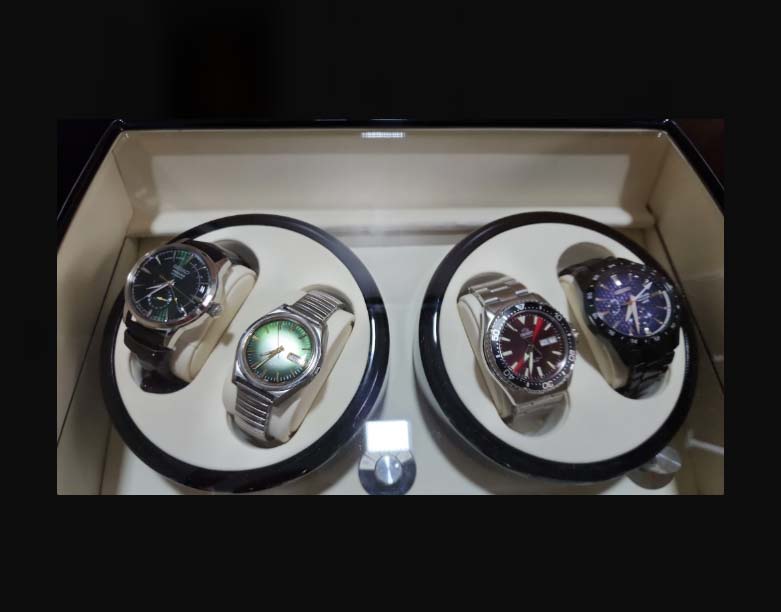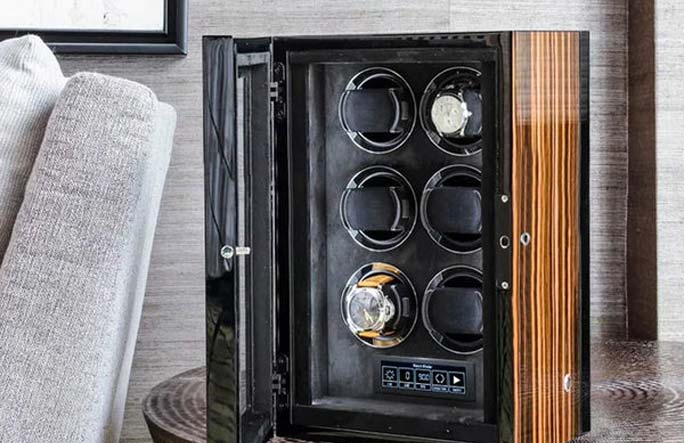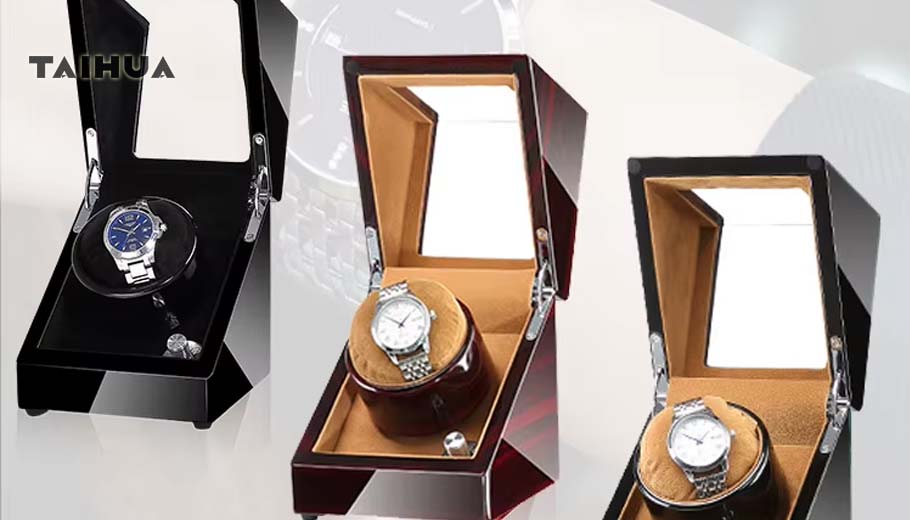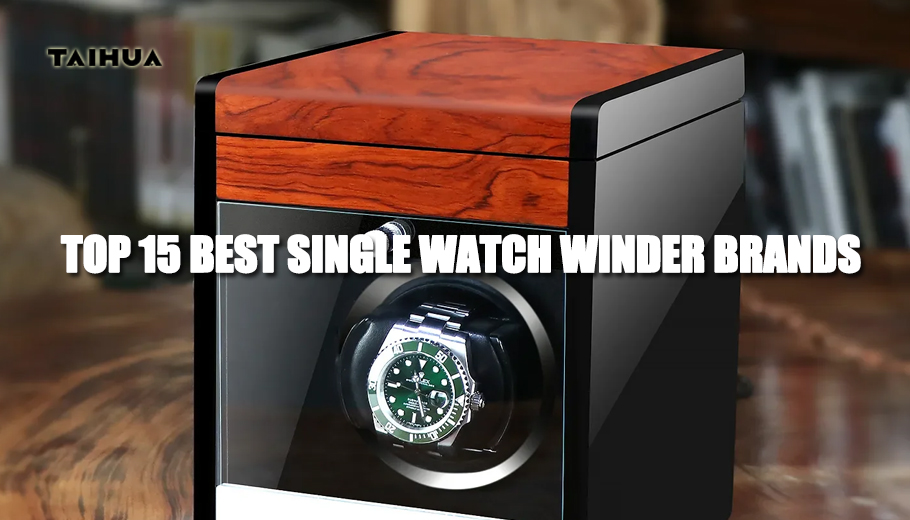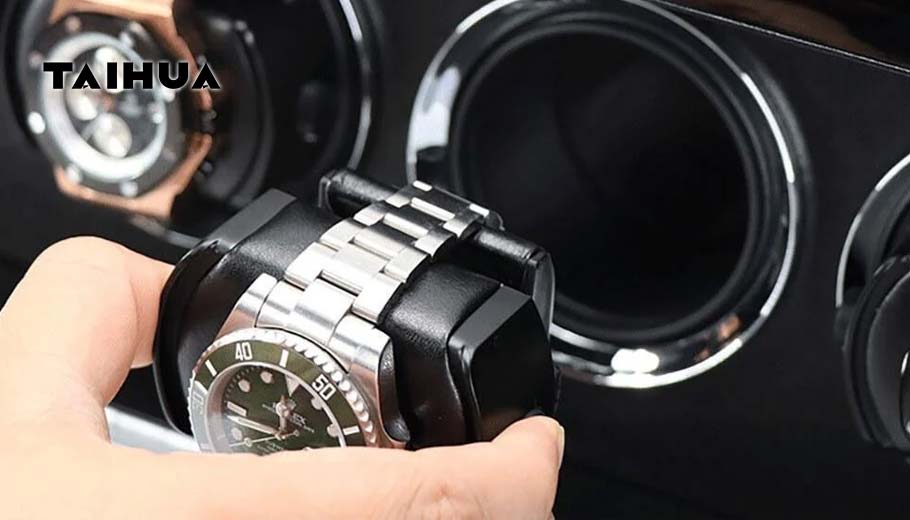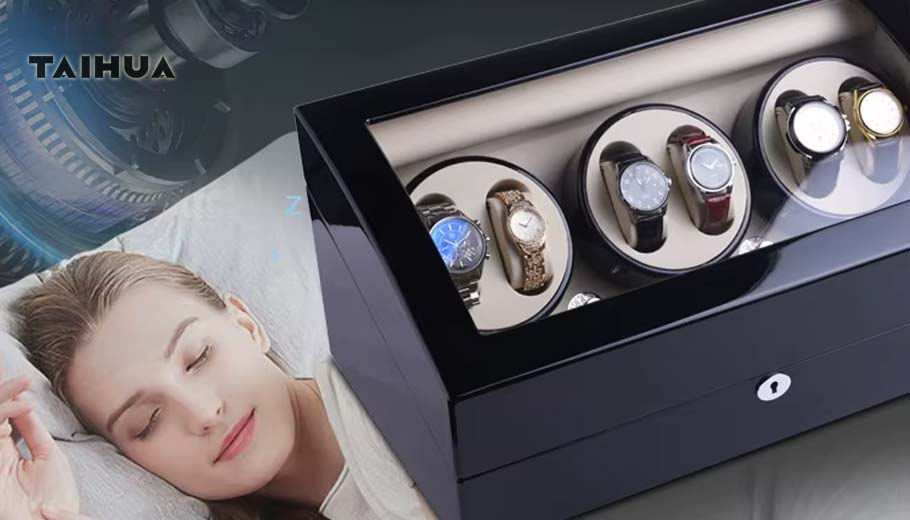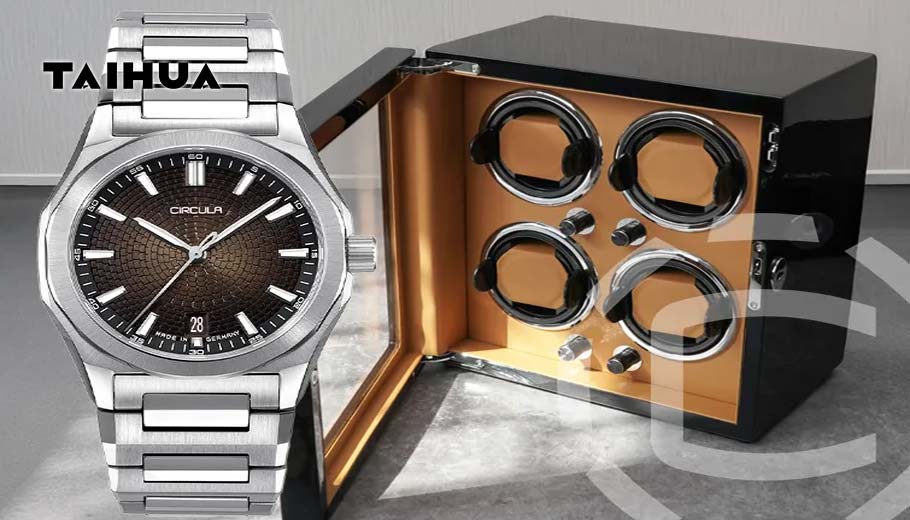Benefits of a Quality Watch Winder
- Keeps your watch ready to wear: It ensures your automatic timepiece is always wound, accurate, and ready to put on at a moment's notice, saving you from having to set the time and date manually.
- Convenience for collectors: If you own multiple automatic watches, a winder keeps your unworn pieces ticking, eliminating the chore of manually winding and resetting each one when you want to switch.
- Maintains complicated watches: For watches with features like perpetual calendars or moon phases, a winder prevents the time-consuming and tedious process of resetting the complications if the watch stops.
- Distributes lubrication: Keeping a watch moving helps prevent the lubricants inside the mechanism from thickening or settling. While modern synthetic oils are more stable, continuous movement helps ensure the oils are evenly distributed.
- Reduces crown wear: Manual winding wears down the delicate crown and stem components over time. A winder handles this process automatically, reducing stress on the watch's most-handled parts.
- Acts as a display case: Many winders are beautifully crafted and can double as an elegant display box, allowing you to showcase your timepieces while they are being maintained.
Risks and Potential Drawbacks
The potential harm from watch winders is generally a concern only with low-quality products.
- Magnetization: Inexpensive winders with unshielded motors can emit magnetic fields that affect a watch's timekeeping accuracy. Quality winders are properly shielded to prevent this.
- Overwinding: While modern automatic watches have a slipping clutch that prevents overwinding, a poor-quality winder that constantly winds the mainspring can cause unnecessary wear on this clutch. A good winder has settings for turns per day (TPD) to avoid excessive motion.
- Increased wear and tear: Any time a mechanical movement is running, it experiences friction. A watch on a winder is always running, which some argue causes more wear than one that is allowed to stop when not in use. However, the effect is often considered negligible compared to the movement from regular wear.
Who Should Consider a Watch Winder?
- Collectors with multiple watches: If you have several automatic watches you rotate wearing, a winder is a convenient way to keep them ready to go.
- Owners of watches with complex complications: The time and effort saved by not having to reset a perpetual calendar, moon phase, or other complications can easily justify the cost.
- Those who value convenience: If you don't wear a specific automatic watch frequently and dislike resetting it every time you put it on, a winder solves that problem.
Alternatives to Watch Winders
- A simple watch box: If you enjoy the hands-on ritual of winding your watches, a standard watch box provides a safe, protective, and cost-effective storage solution.
- A "rest" period: Some enthusiasts prefer to let a watch run down completely and rest when not in use, only winding it when they plan to wear it. This approach requires more interaction but minimizes running time.
In summary, watch winders can be good tools for maintaining automatic watches, especially complex and rarely worn ones, but they must be used correctly and are not essential for everyone.

